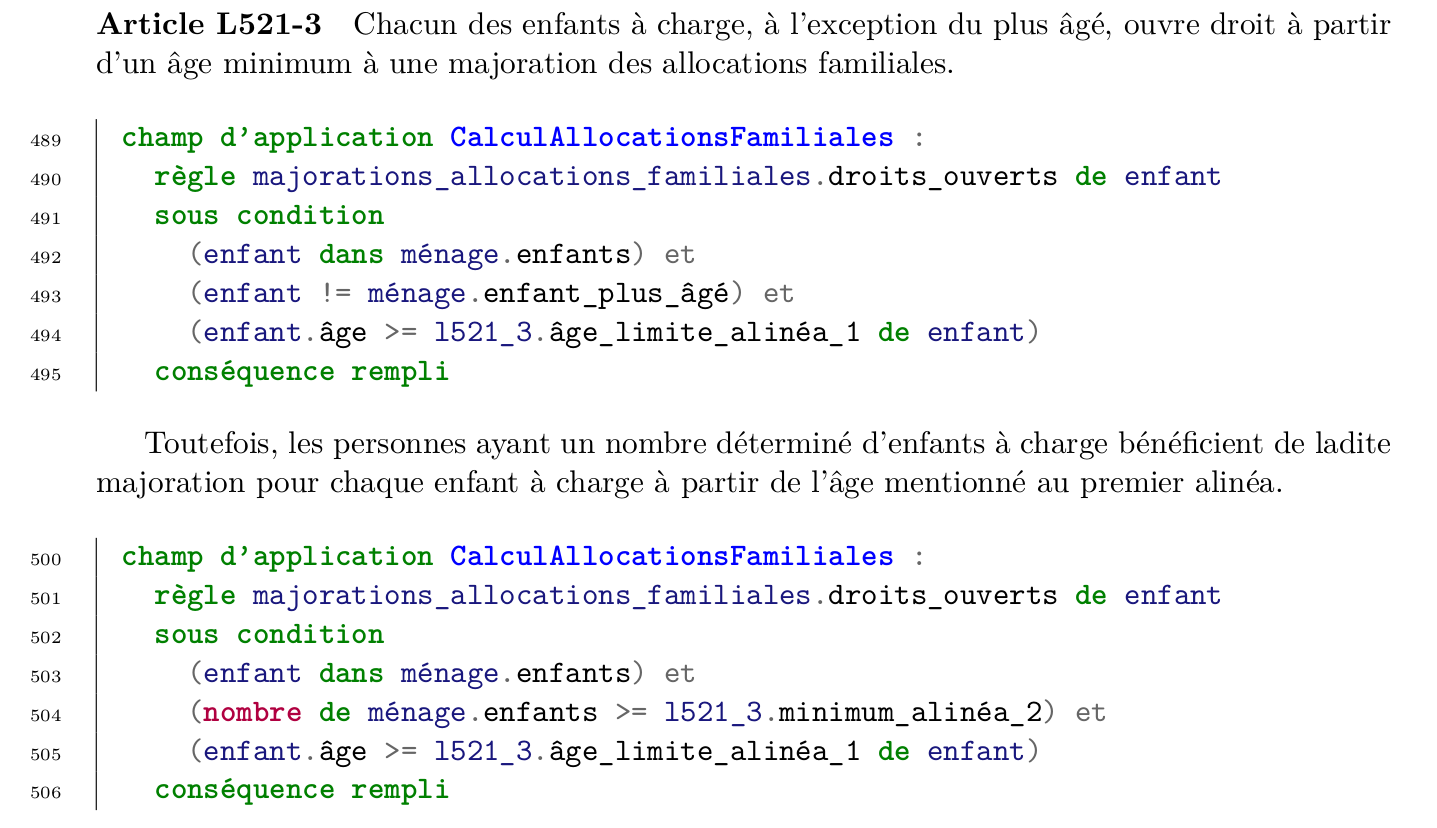

I love programming. I truly, genuinely loathe it. I like the way it hurts my sanity. I can’t stop thinking about programming. I want to program more. I don’t just think about programming, I’m always thinking about thinking about programming. I love my computer. I hate computers. I love the concept of computers, but I hate my computer specifically. I hate your computer too. I love programming, but I hate programs. Some programs are cool I guess. The only thing I hate more than my programs are your programs. All of your programs. I hate procedural programming. I want to like functional programming, but the best I can do is liking liking functional programming. I hate having a crush on types. I want to do everything with types. I cannot do shit with types. I don’t know whether to blame myself or types. I love it. I love procedural programming. You just write out things and the computer does the things. It sucks. The ISO C standard is the best homage to Franz Kafka ever written. The tickets cost a hundred bucks to some Swiss people to even read it. C++ jumped the shark, too unbelievable. I love Rust. No, my code doesn’t fucking compile because I spent eighteen hours trying something fun instead of just making things work. I love it. Can’t have bugs if you don’t even have an executable. I love Lisp. If I sit on my hand until it goes numb, it feels like someone else is writing it. I hate shell scripts, except when I write them. I am the only person who writes Bourne shell good. I love bugs. I am fine and my mental health is fine. I do not hate myself very much. I do not hate myself as much as I hate programming. Most of all I hate people who do a lot of programming and do not hate programming. Programming is great. It should be illegal.






Alberta Tech on “Vibe Coders”